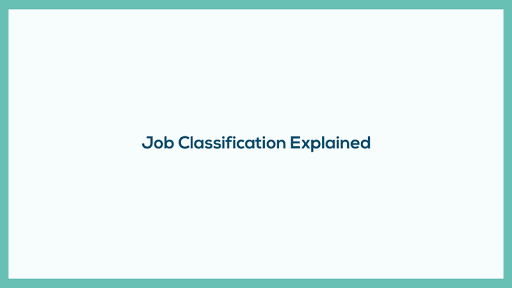BirdLife International
“gradar has been revolutionary and the support we have received has been exceptional. The system is user friendly and I have great confidence in the fairness of the scoring. It’s brilliant to have clear visibility of our roles in one system and to be able to easily cross compare and benchmark them against each other. We now have firm evidence to develop our pay and grading data, and I would recommend gradar to any organisation looking to transform their job evaluation systems.”
Rachel Baker
Human Resources Manager





